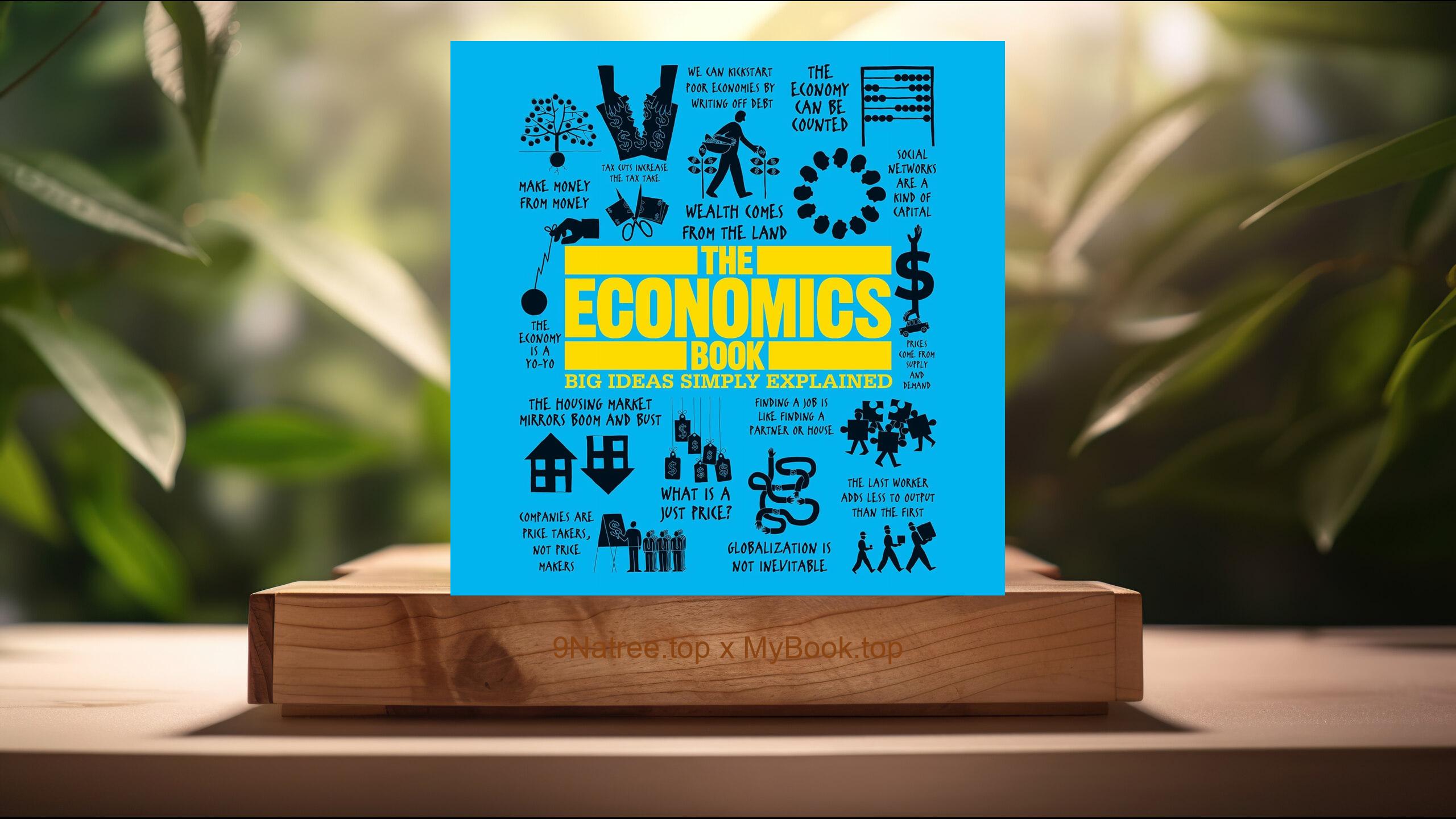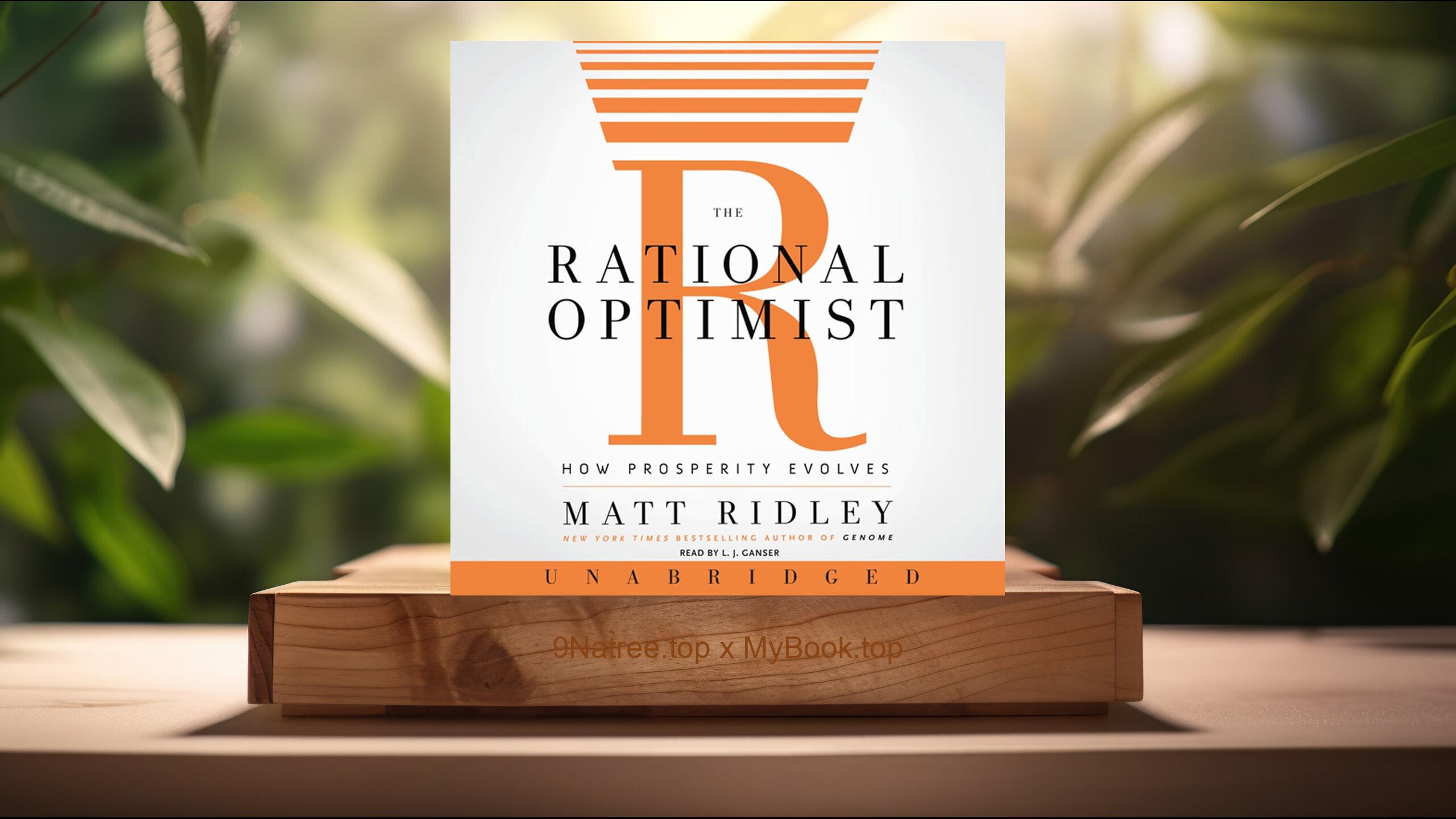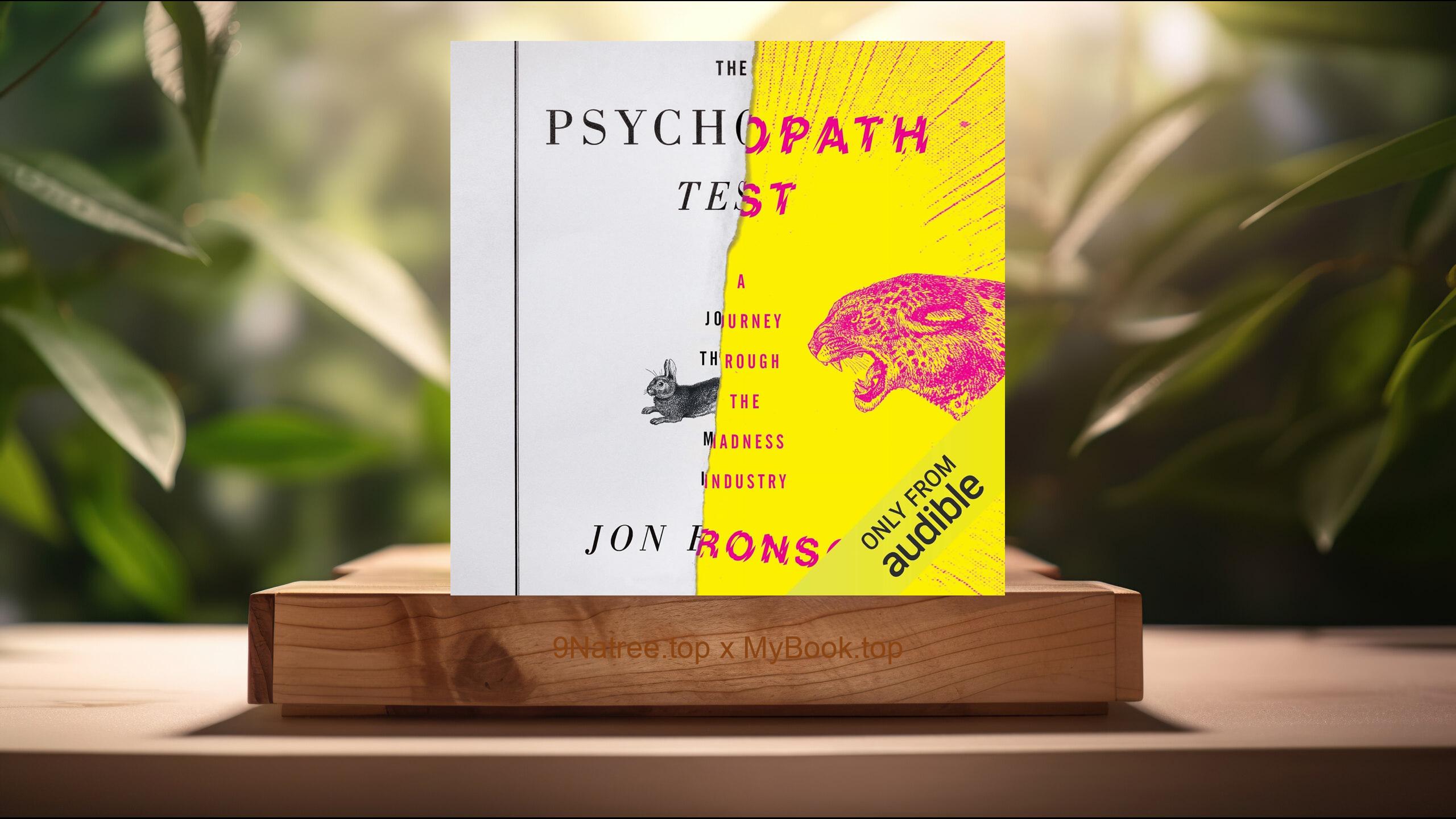Show Notes
- Amazon US Store: https://www.amazon.com/dp/B07T2PYDH3?tag=9natree-20
- Amazon Worldwide Store: https://global.buys.trade/The-Grief-Recovery-Handbook-20th-Anniversary-Expanded-Edition-John-W-James.html
- Apple Books: https://books.apple.com/us/audiobook/the-grief-recovery-handbook-20th-anniversary-expanded/id1487769137?itsct=books_box_link&itscg=30200&ls=1&at=1001l3bAw&ct=9natree
- eBay: https://www.ebay.com/sch/i.html?_nkw=The+Grief+Recovery+Handbook+20th+Anniversary+Expanded+Edition+John+W+James+&mkcid=1&mkrid=711-53200-19255-0&siteid=0&campid=5339060787&customid=9natree&toolid=10001&mkevt=1
- Read more: https://mybook.top/read/B07T2PYDH3/
#GriefRecovery #EmotionalHealing #LossandBereavement #RelationshipGraph #CompletionLetter #GriefRecoveryMethod #MovingBeyondLoss #HealingAfterLoss #TheGriefRecoveryHandbook20thAnniversaryExpandedEdition
These are takeaways from this book.
Firstly, Understanding Grief, Grief is a profoundly personal and variable experience, manifesting differently in everyone. James starts by dismantling common myths around grief, such as the notions of 'time heals all wounds' and that one must 'be strong' in the face of loss. Instead, he proposes that such beliefs can actually impede the healing process. The foundation of recovery lies in acknowledging that grief is not a problem to be solved but a process to be experienced. Understanding grief involves recognizing its multifaceted nature, it's not just related to death or divorce but can be triggered by a wide array of losses, including job loss, health decline, or even unfulfilled expectations. James's approach encourages individuals to confront their sorrow directly and provides tools to articulate and process their feelings efficiently.
Secondly, The Grief Recovery Method, At the heart of the handbook is the Grief Recovery Method, an actionable program that distinguishes this work from other literature on grief. This step-by-step process invites readers to examine their beliefs about grief and loss, undertake a Loss History Graph to visualize the impact of different losses, and complete a Relationship Graph to assess unresolved emotions. The most distinctive aspect is the Completion Letter, a directed exercise enabling individuals to articulate unsaid feelings and memories related to their loss. James emphasizes that recovery is an active process, calling for engagement and action rather than passivity. The Grief Recovery Method serves not just as a guide to working through grief but as a blueprint for emotional health moving forward.
Thirdly, Dealing with Specific Losses, James acknowledges that while grief is a universal experience, the nature of our losses can deeply influence how we grieve. The book dedicates specific sections to dealing with the loss of a loved one, the end of a relationship, career setbacks, health issues, and crises of faith. Each type of loss is given its due, recognizing the unique challenges it presents. For instance, James offers targeted advice for processing the sudden death of a loved one versus the slow departure of a relationship. This nuanced understanding enables readers to navigate their grief with greater self-awareness and specificity, fostering a more profound healing process.
Fourthly, The Emotional Toolkit, A vital component of the Grief Recovery Handbook is its emphasis on developing an emotional toolkit. This collection of strategies, exercises, and mindsets equips individuals with the means to manage their grief actively. Beyond the Completion Letter, James introduces practices like the Emotional Energy Checklist, which helps gauge one's daily emotional capacity, and the Grief Recovery Pyramid, a tool for visualizing one's progress. These tools are designed to empower those grieving to take ownership of their healing journey, teaching them how to navigate their emotions and experiences with greater agency and resilience.
Lastly, Moving Beyond Grief, Moving beyond grief doesn't mean forgetting or diminishing the significance of the loss. James emphasizes that recovery is about relearning how to live in the world without the physical presence of what one has lost. It involves finding meaningful ways to remember and honor the loss while also allowing oneself to experience joy and satisfaction in life again. The handbook guides readers towards reinvesting in their lives, an action that requires conscious effort and willingness. It's about forging a new relationship with the memory of the loss, where the pain of absence becomes interwoven with the fabric of one's life without overpowering it. James provides practical advice on how to achieve this delicate balance, offering hope that renewal and growth are possible post-loss.
![[Review] The Grief Recovery Handbook, 20th Anniversary Expanded Edition (John W. James) Summarized](https://episodes.castos.com/660078c6833215-59505987/images/1834387/c1a-085k3-jp4m48p5amn3-5v3cdu.jpg)




